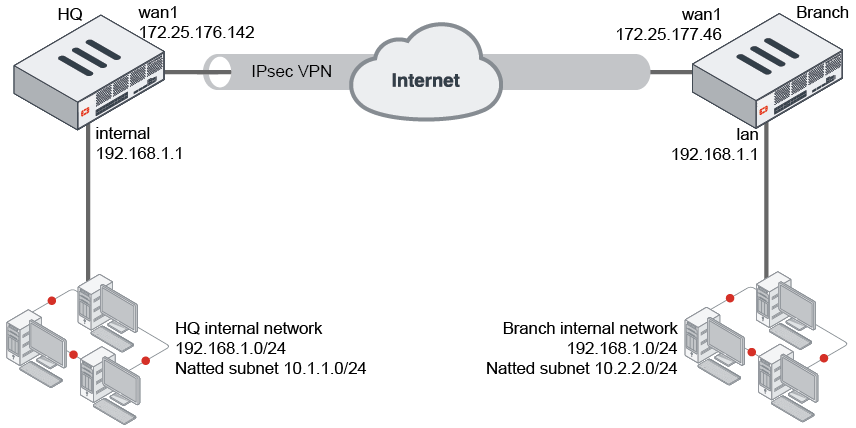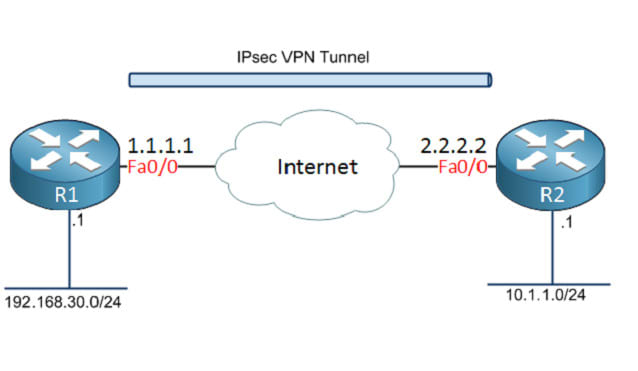

ip ipsec identity add generate-policy=port-override auth-method=pre-shared-key secret=STRONG_SECRET_HERE peer=l2tpserver ip ipsec policy set src-address=0.0.0.0/0 dst-address=0.0.0.0/0 protocol=all proposal=default template=yesįor Router OS 6.39 and lower use /ip ipsec peer add address=0.0.0.0/0 port=500 auth-method=pre-shared-key secret=STRONG_SECRET_HERE exchange-mode=main-l2tp send-initial-contact=no generate-policy=port-overrideįor Router OS 6.44 and higher use : /ip ipsec peer add exchange-mode=main passive=yes name=l2tpserver We will also establish the secret of the pre-key in the process. Next, we need to define IPSec peering, as well as the default IPsec policy. interface l2tp-server server set enabled=yes default-profile=ipsec_vpn authentication=mschap1,mschap2 Then we add the server interface of the l2tp server and set the authentication methods allowed, mschap1 and mschap2. We will use 192.168.102.1 for the local address (VPN gateway), assuming that it is not yet in use. The first step is to create a PPP profile on Mikrotik. With this out of the way, let's get started. This guide assumes that the Mikrotik WAN interface has a public IP address and that your ISP does not block ipsec ports. If you need any help or I did something wrong, leave a comment and I will try to do my best to help you.Mikrotik L2TP / IPsec VPN Server Step by Step configuration Minimum = 41ms, Maximum = 86ms, Average = 56ms Packets: Sent = 3, Received = 3, Lost = 0 (0% loss),Īpproximate round trip times in milli-seconds: If you did all right, you now have access to the remote subnet from your private subnet.Ī quick test… C:\Users\User>ping 192.168.3.2 Route #4 is automatically added with pptp-client.Īgain… in simple words… With this route we route all request from 192.168.1.1 (router IP for private subnet) to remote subnet > /ip route printģ A S 192.168.3.0/24 192.168.1.1 pptp-client 1Ĥ ADC 192.168.3.100/32 192.168.3.101 pptp-client 0

In simple words… With this we allowed other computers to use VPN client interface. Src-address is used to allow only computers from my private subnet Out-interface=pptp-client log=no log-prefix="" To resolve this we need to add a NAT rule and one more route Step 3: NAT configuration > /ip firewall nat printĬhain=srcnat action=masquerade src-address=192.168.1.2-192.168.1.254 Packets: Sent = 3, Received = 0, Lost = 3 (100% loss) Sent=3 received=3 packet-loss=0% min-rtt=41ms avg-rtt=42ms max-rtt=44msīut I can’t ping the same computer from any other location (other computers connected to my Mikrotik… C:\Users\User>ping 192.168.3.2 With the current configuration I can ping a remote computer from my Mikrotik: > ping address=192.168.3.2 src-address=192.168.3.101 count=3 You can now double-click on pptp-client and see the status If you enter the correct information you are already connected to the VPN server

Noting special on this step, so I think that the image is enough :)Īfter you created the PPTP Client you will need to enter some basic information:

Here is a simple step by step tutorial with images and all information that you need to get PPTP VPN Client working… Step 1: Create PPTP Client This tutorial will explain you how I did this. I would like to establish a VPN connection to the remote location on my Mikrotik router and allow computers (only!) from my private subnet to access computers on the remote location.
#Vpn tunnel mikrotik client to site how to
Today I will show you how to configure a PPTP VPN Client on Mikrotik RouterOS.īefore we start I will try to explain what I want to do… Last time I wrote how to configure a PPTP VPN Server on Mikrotik RouterOS Step by Step: How to configure a PPTP VPN Client on Mikrotik RouterOSīy Uroš, in Network Stuff (5 Comments) Intro


 0 kommentar(er)
0 kommentar(er)
